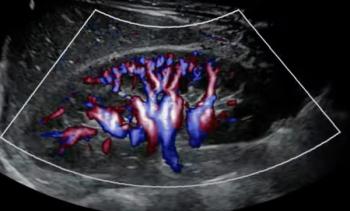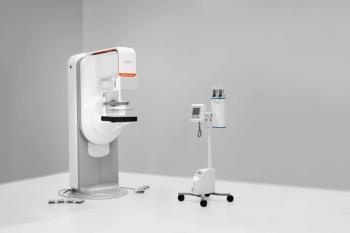
Philips 40-slice CT moves in
Indiana University Hospital has become the first clinical site in the U.S. to begin using Philips' top-of-the-line Brilliance CT 40-slice system. Hospital staff are putting the system through its paces to evaluate patients and identify disease in a range
Indiana University Hospital has become the first clinical site in the U.S. to begin using Philips' top-of-the-line Brilliance CT 40-slice system. Hospital staff are putting the system through its paces to evaluate patients and identify disease in a range of dynamic and static clinical applications. Among the primary interests are cardiac studies, as well as those of the chest and abdomen. Scanning covers 40 mm with each turn of the gantry, traversing the lungs in four seconds, and the abdomen and pelvis in nine seconds. A whole-body CT angiogram takes about 15 seconds. Indiana University Hospital has been a test bed for advanced CT technologies since Picker International began evaluating its scanners there some 16 years ago. Philips acquired Picker International in 2001. The Brilliance 40-slice CT was formally unveiled at the 2003 RSNA meeting (SCAN 11/26/03).
Newsletter
Stay at the forefront of radiology with the Diagnostic Imaging newsletter, delivering the latest news, clinical insights, and imaging advancements for today’s radiologists.




























